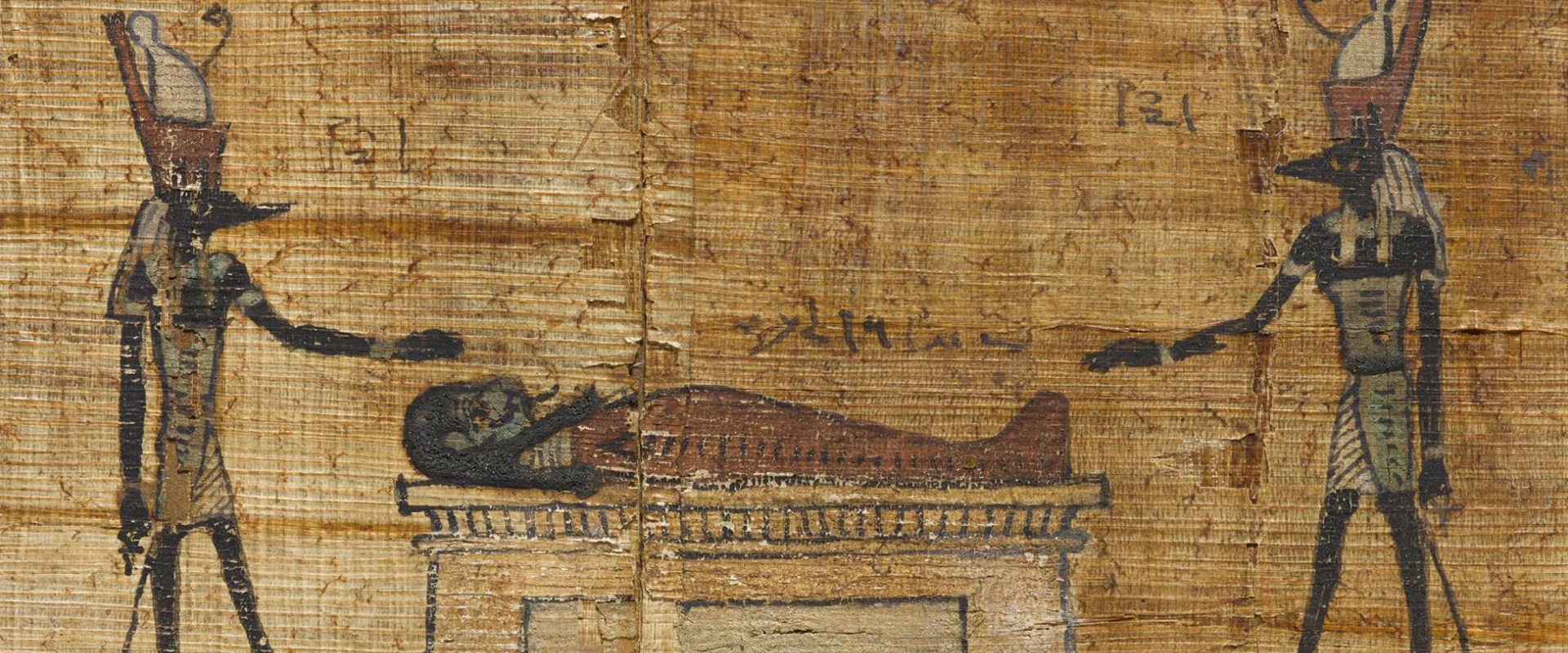Key in a search term below to search our website.
Key in a search term below to search our website.
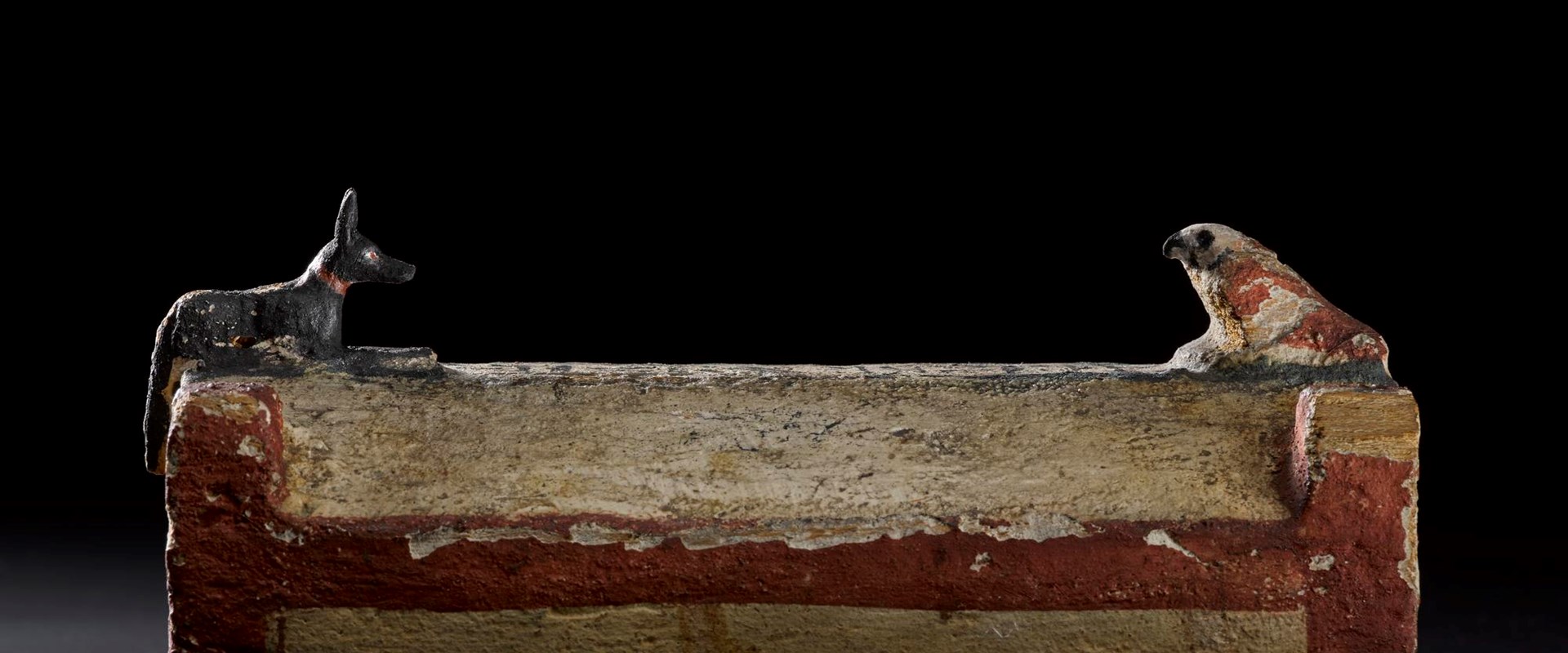
The Rhind Tomb, as it is now known, was constructed in the great city of Thebes shortly after the reign of Tutankhamun for the Chief of Police and his wife. As Egypt's wealth declined, it was looted and reused several times over a period of a thousand years.
The Tomb's final use occurred around 9 BC, soon after the Roman conquest of Egypt, when it was sealed intact with the remarkable burial of an entire family.
The Tomb was excavated in 1857 by Alexander Henry Rhind, but lost again as a village grew up over it. Today we are still learning about ancient Egyptian burial practices through objects found in the Tomb.
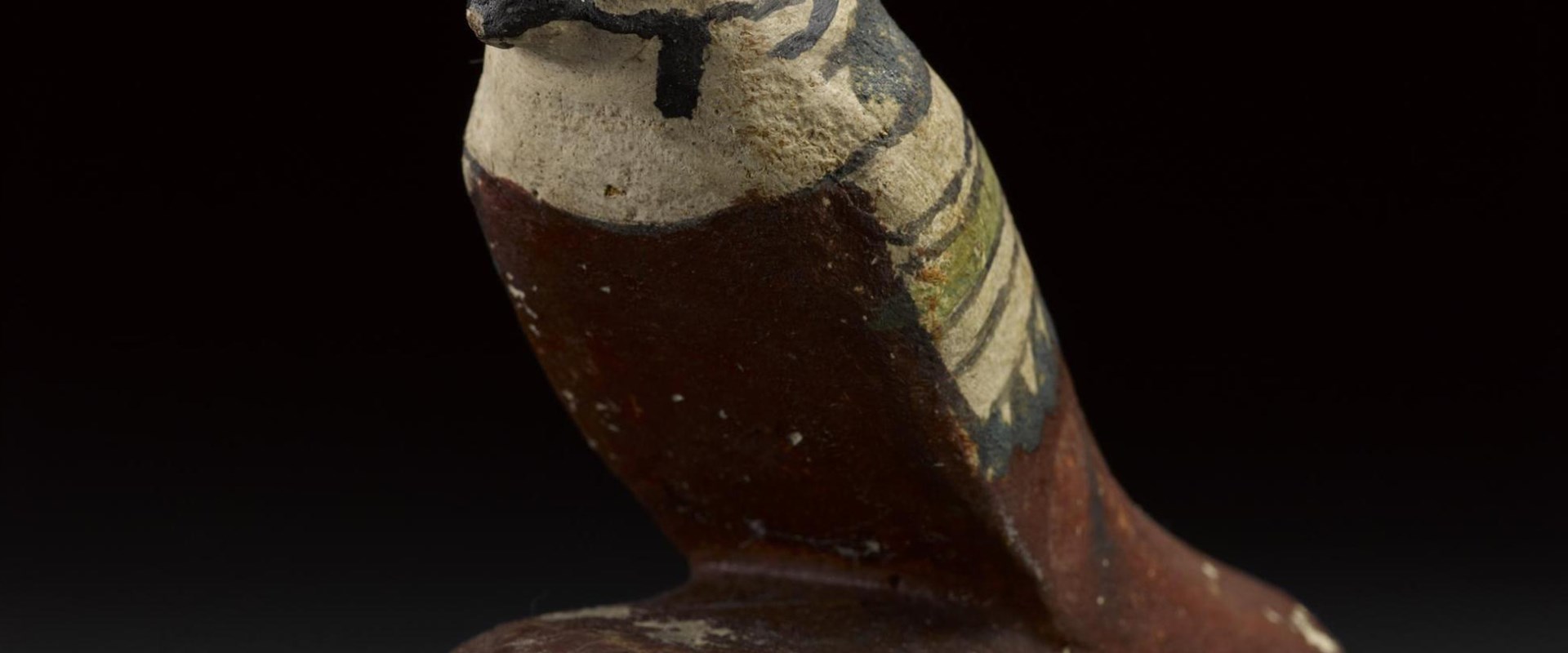
A tomb was constructed for a Chief of Police and his wife at the height of the ancient Egyptian empire, just shortly after the reign of Tutankhamun. A beautiful statue of the Chief of Police and his wife is the only surviving object from their burial.
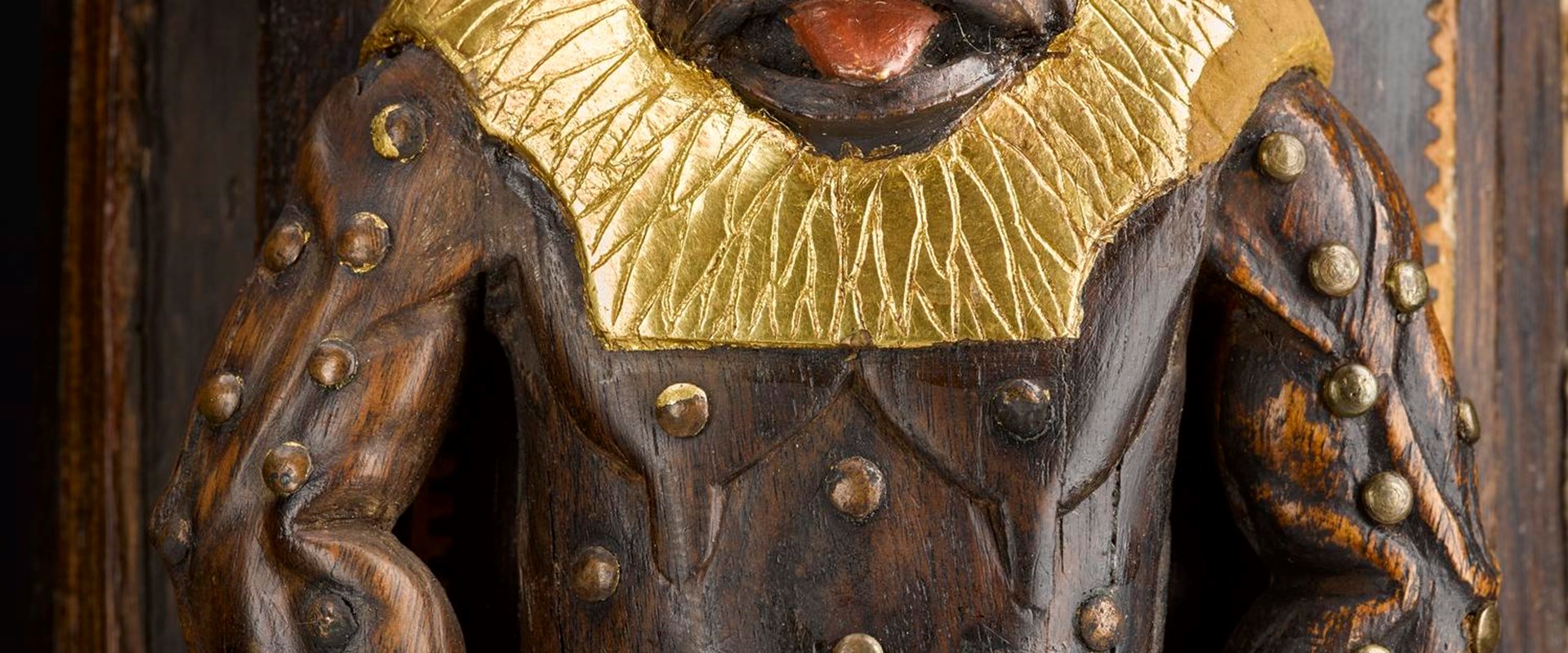
This box is a masterpiece of ancient Egyptian craftmanship. Decorated with the ferocious protective god Bes, it may have originally held cosmetics.
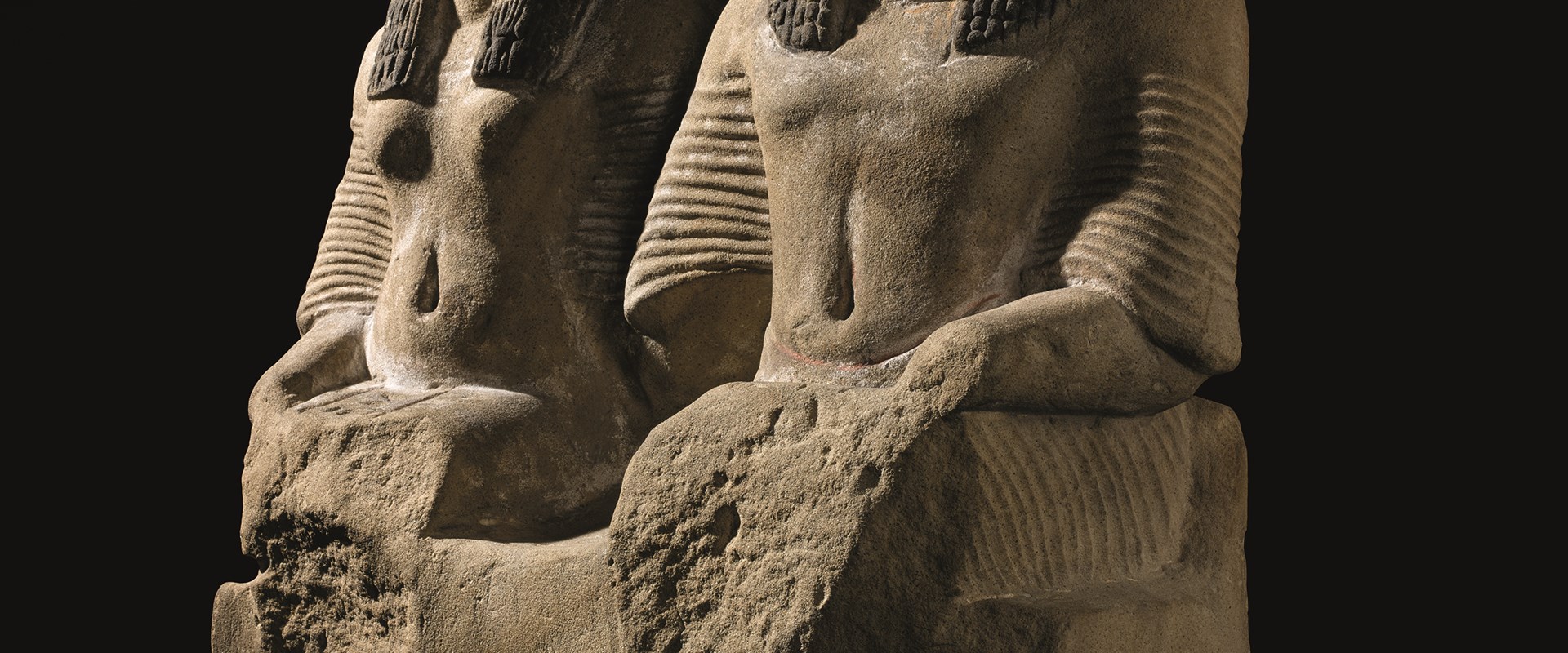
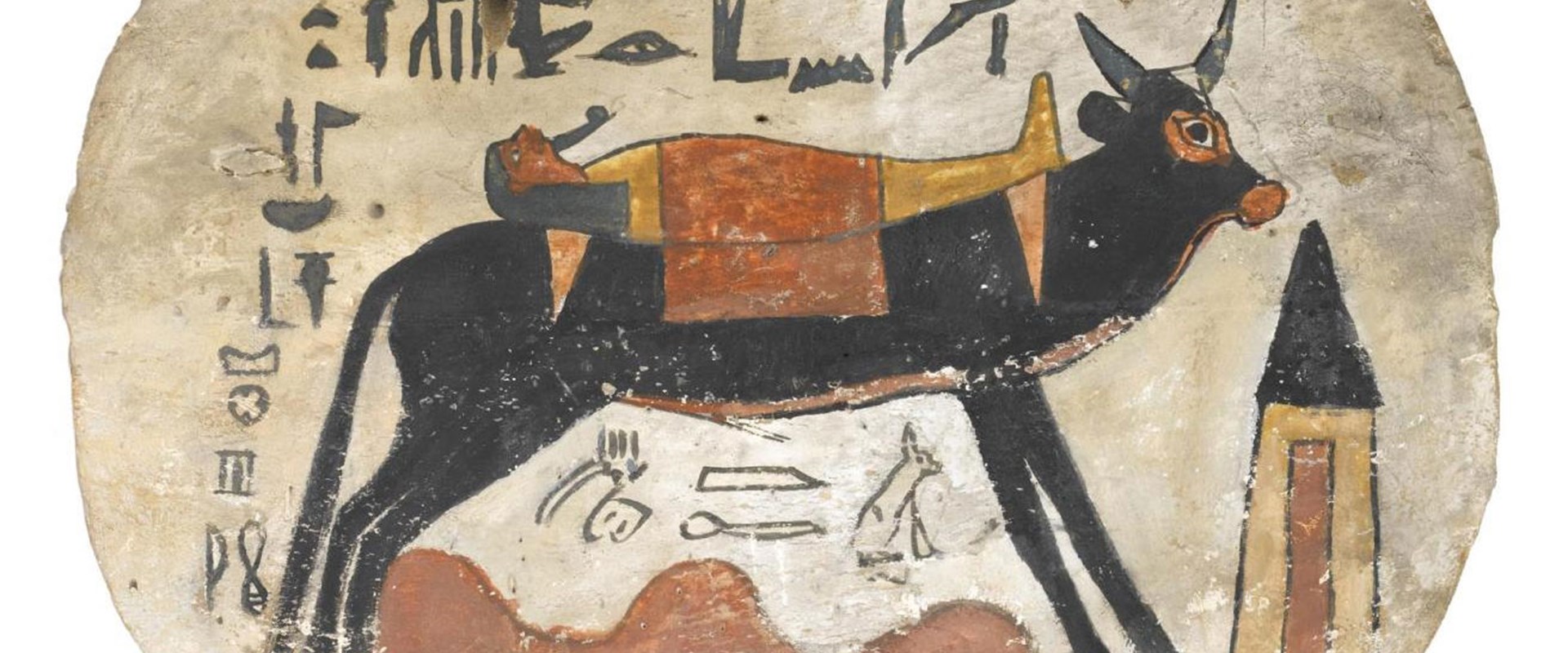
Several hundred years after the tomb was built, small, roughly-carved chambers were added to the upper level to hold additional burials. Repeated looting over time left behind a jumble of broken coffins and scattered burial items. Guardian figures representing jackal and falcon gods originally protected the lids of coffins.
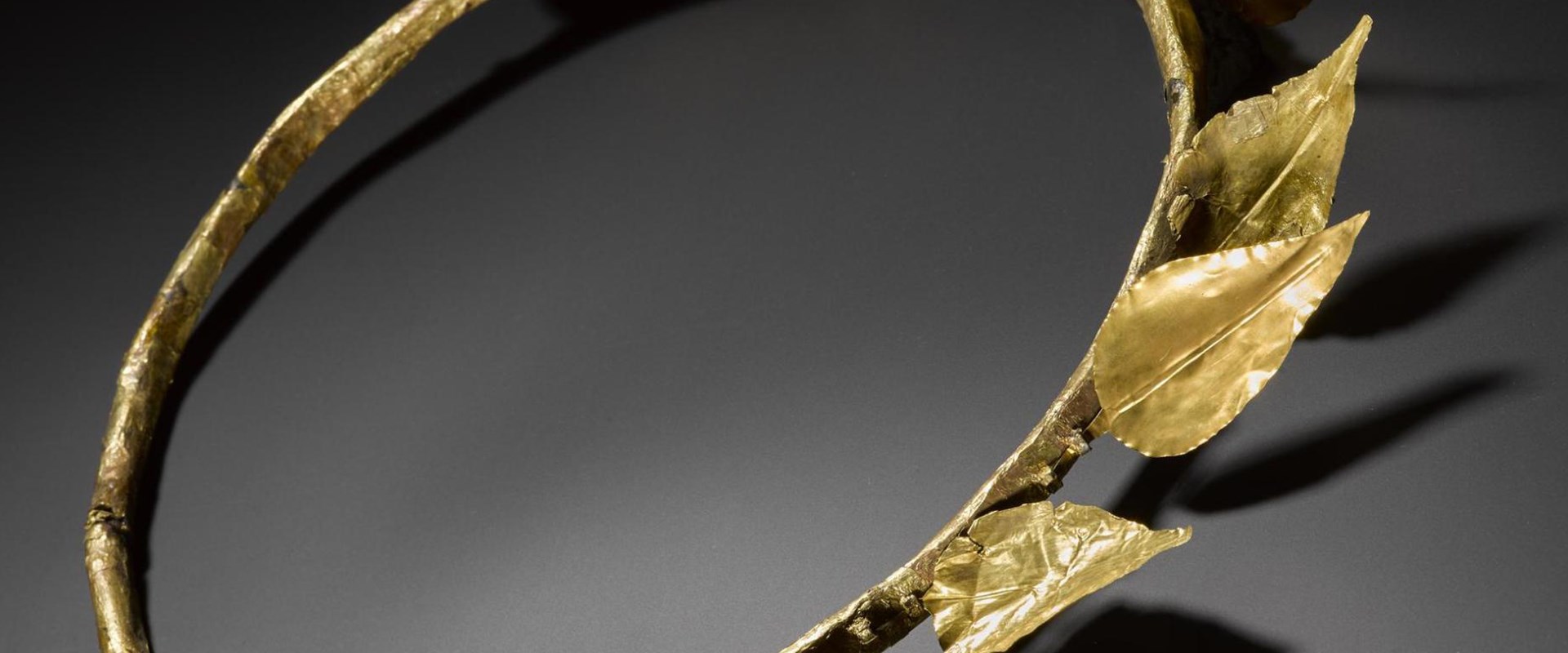
Unlike earlier standardised funerary papyri, those of Montsuef and his wife Tanuat are unique, personalised with details about the good lives they led to justify their entry into the afterlife.
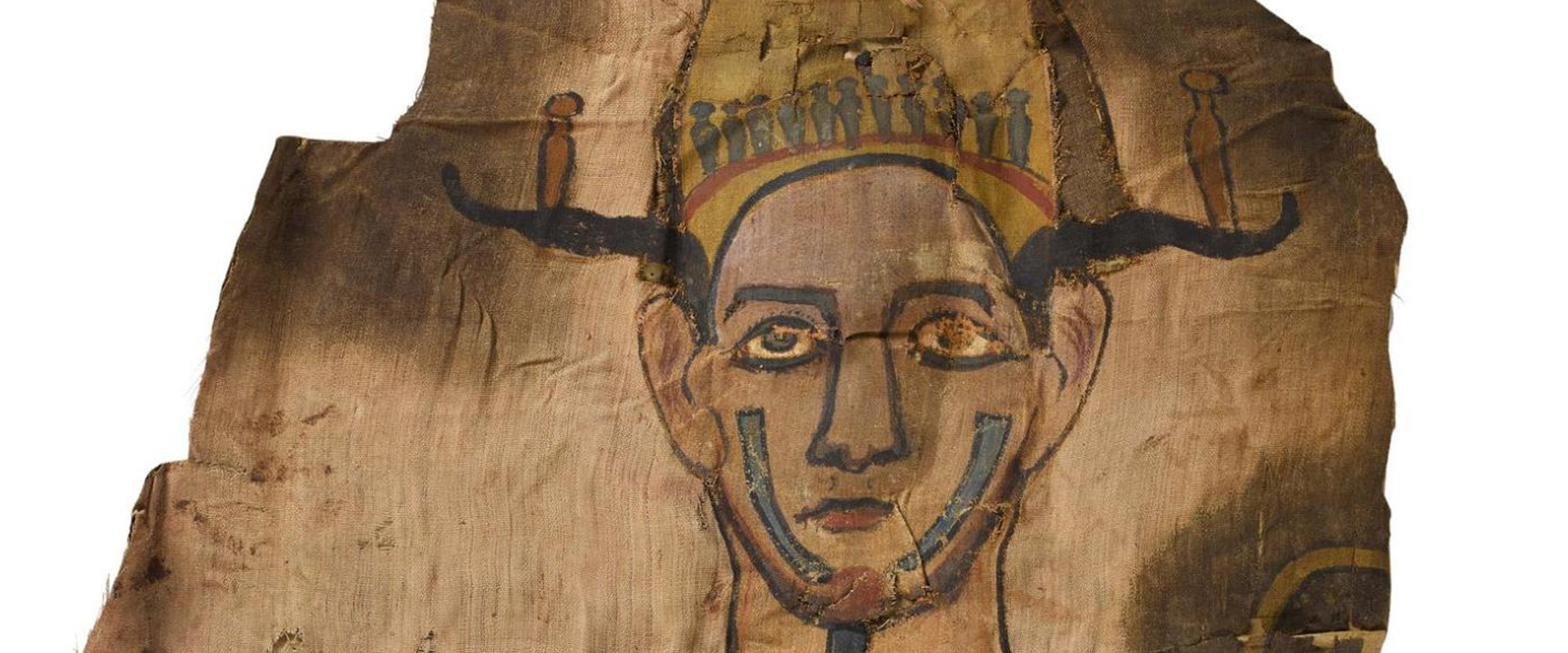
The son of Montsuef and Tanuat, Aaemka is shown transformed into the god Osiris. He wears Osiris' crown and false beard and holds his symbols of power, the crook and the flail. Across his brow is a frieze of royal cobras.
